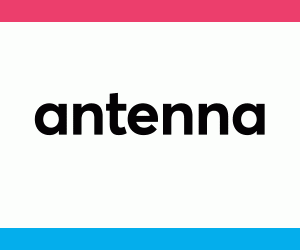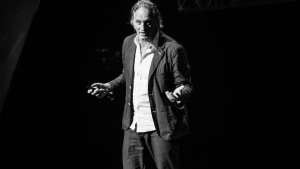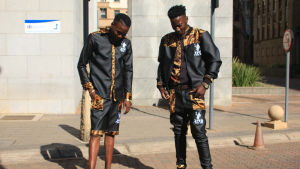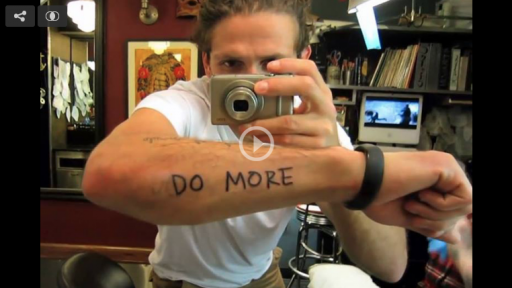Part of the Project
The process meat undergoes before landing on a plate is not always top of mind when we think about our next meal. Graduate student and antenna speaker Adelaide Lala Tam takes us through the slaughter of a cow to bring to light what we often overlook about the food industry.
Her project, called 0.9 grams of brass looks at the global consumption of meat. The stun bolt gun used to kill a cow before it's butchered leaves one cartridge behind, which Tam uses to illustrate the life of one of the world's most consumed animals.
“The goal of this project is not to be a vegetarian but more about raising awareness of mass meat consumption in our society and to reflect on how to value the cow's life,” she explains in her talk. She was one of 20 design graduates to take the stage during antenna conference at Dutch Design Week in October.
During her investigation, she visited various slaughterhouses. There, she found hundreds of brass cartridge cases. The kill-and-extract-value slaughter method inspired her to design a vending machine, where visitors could insert a 5 cent coin and receive a brass paper clip.
The paper clips, an object as common and overlooked as a cow, are made out of the leftover brass cartridge casings she found.
“The reason why I choose paperclips was because it's a mass produced product. The paper clip's identity gradually disappears when it enters an assembly line of millions of others,” she says. “It is highly accessible, affordable and eventually un-cherishable, like the lives of cows in the modern society.”
For her, the process behind the vending machine and the paperclips are a metaphor for the life of the animal.
In her talk, she went on to reveal that growing up in Hong Kong made her accustomed to the notion of slaughtering animals, that it was very much a part of her Chinese heritage.
But in her own research, she discovered that slaughtering differs in each country and is shaped by time, culture and religion. She learned that in western countries the use of a gun was more of a protocol.
0.9 grams of brass recently won the Future Food Design Award which was held at the annual Dutch Design Week. The competition seeks to identify people who combine food and design in innovative ways.
The antenna conference was conceptualised and curated by Design Indaba and co-produced by Dutch Design Week.








